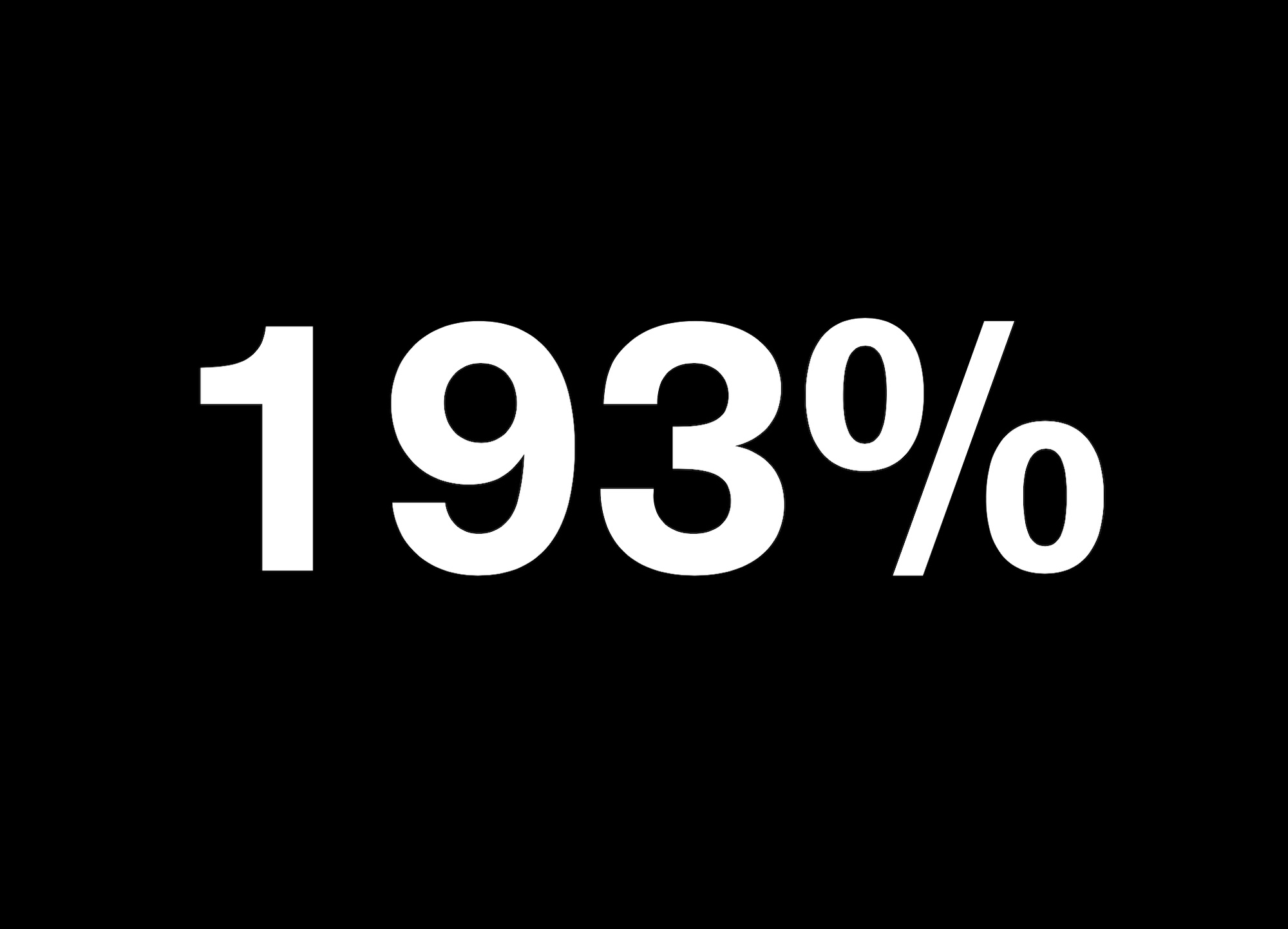The Download: Thanks to a sky-high rise in prices, lumber yards, and home builders have held off on buying timber from sawmills in hopes that prices may come down. Those prices haven’t budged, however, and now the aforementioned parties are in a buying frenzy just ahead of spring. This influx in buyers is causing prices to skyrocket—this past Friday, the price of lumber per thousand board feet rose to $1,048, an all-time high, up 193 percent from last year.
What’s Happening: This lofty hike in prices is unlikely to last. As of Monday, the May futures contract price per thousand board feet of two-by-fours leaped from $32 to $1,158. That sizable uptick may have climbed even higher had it not been stopped 20 minutes into trading—a practice that occurs when the commodity price rises more than $32 in a single trading day. Blame the pandemic for creating the perfect set of conditions for surging lumber prices.
While sawmills limited production during the pandemic’s early months, it also galvanized a widespread “do-it-yourself” boom. Uneven levels of supply and demand coupled with record low-interest rates and a historically tight existing housing inventory caused buyers to rush to new construction. Despite wood production hitting a 13-year high in February, the logjam is so huge that prices aren’t coming down.
In Their Own Words: “The pipeline for lumber and other wood products demand remains quite deep in 2021… Builders have plenty of ongoing projects to keep working through, which is keeping lumber and panel demand high, and making it very difficult for mills to ramp production up fast enough to rebalance the market,” says Dustin Jalbert, senior economist at Fastmarkets RISI, where he specializes in wood prices.
Surface Says: These prices likely won’t last, but we also don’t foresee the demand for lumber tapering off anytime soon.
